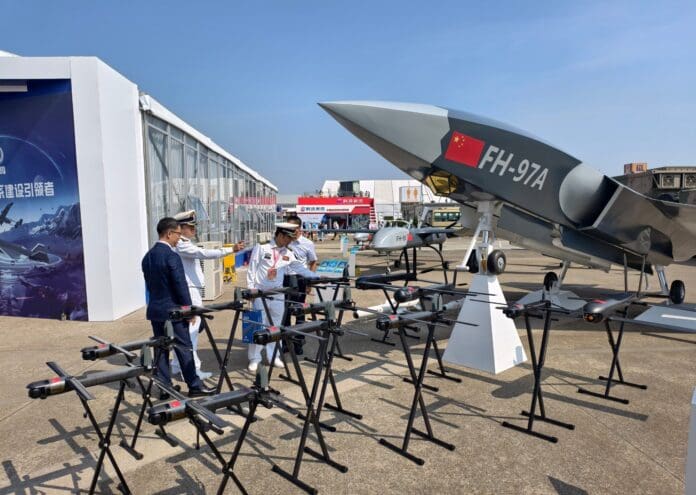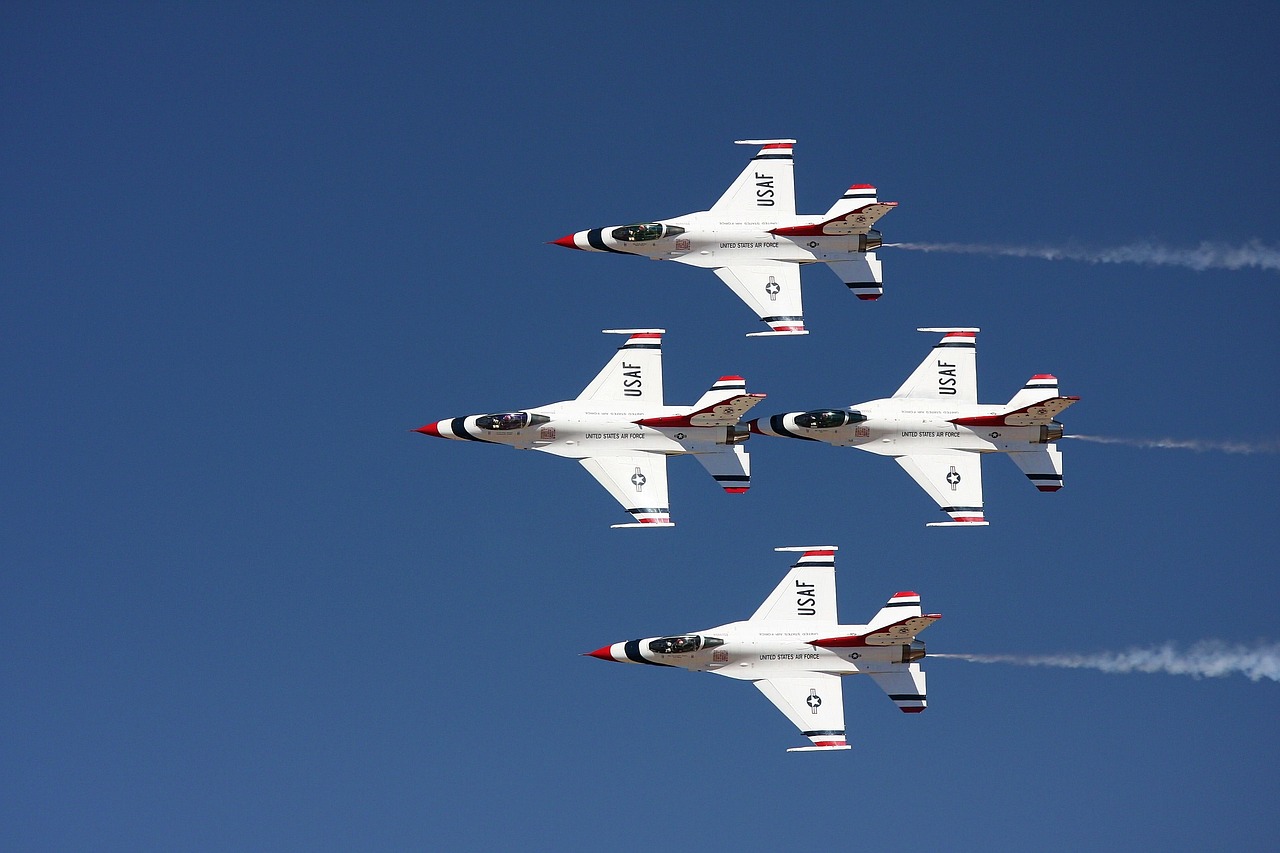This post is also available in:
 עברית (Hebrew)
עברית (Hebrew)
At the Zhuhai Air Show this year, China unveiled its next-generation unmanned aerial system (UAS), the Feihong FH-97, a sophisticated drone designed to work alongside manned fighter jets in combat. The FH-97 is China’s answer to the “Loyal Wingman” concept, a role already embraced by the U.S. military, but with some distinctive capabilities.
The FH-97 is built to complement China’s advanced J-20 stealth fighter, enhancing its operational reach, according to Interesting Engineering. Unlike its American counterparts, which focus primarily on supporting piloted aircraft, the FH-97 introduces the ability to command swarms of smaller drones in battle. This feature expands the drone’s potential in complex combat scenarios, making it an essential asset in high-intensity engagements.
In terms of armament, the FH-97 is equipped with a weapons bay capable of carrying both air-to-air and air-to-ground munitions. Among the likely payloads are China’s PL-15 missile, a long-range air-to-air weapon with a reach of up to 100 kilometers, and the shorter-range PL-10 missile, designed for close combat, with a range of up to 20 kilometers. These capabilities allow the drone to engage enemy aircraft at various ranges, increasing its versatility in different mission sets.
What sets the FH-97 apart is its potential for autonomy. The drone can reportedly also operate alongside piloted jets, working in tandem to enhance missions like air superiority, escort duties, and air defense suppression. Additionally, the drone is expected to have advanced “mind-melding” capabilities, allowing seamless integration with manned aircraft in real time.
The design of the FH-97 mirrors that of the U.S. Air Force’s XQ-58A Valkyrie, with a sleek, aerodynamic body and a dual V-shaped tail to reduce drag and improve performance. However, while the Valkyrie is built to be a low-cost, expendable wingman, the FH-97 is intended to offer a more advanced, stealthy, role.
The drone is also designed to be launched from aircraft carriers. While the FH-97 has been publicly revealed, experts believe it may take up to five years before it becomes fully operational, marking a significant step in China’s ongoing efforts to lead in drone warfare.


























